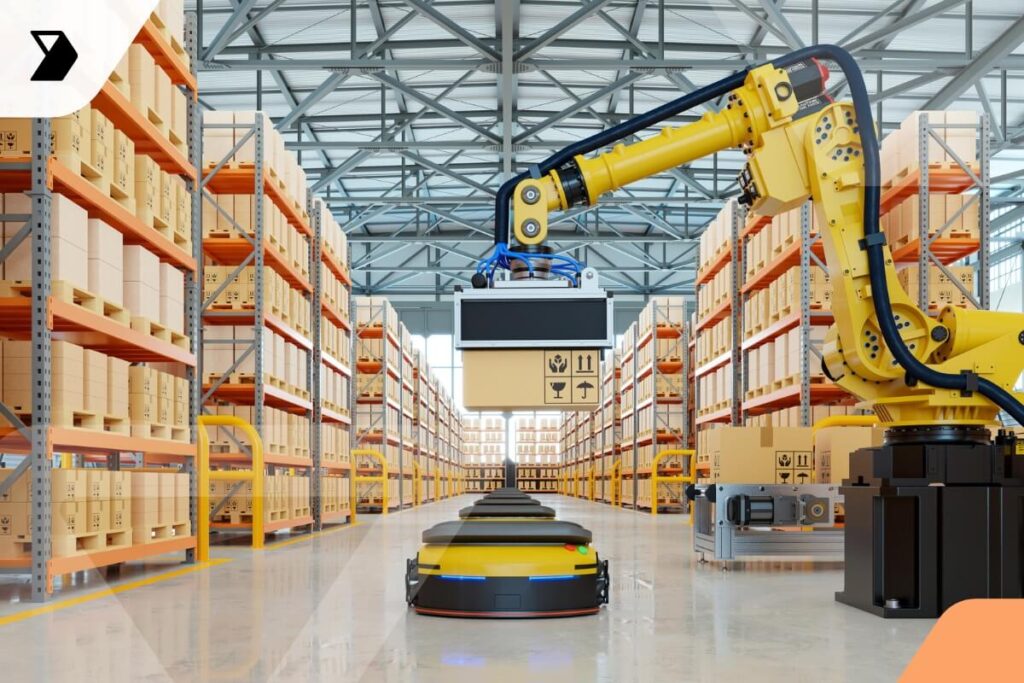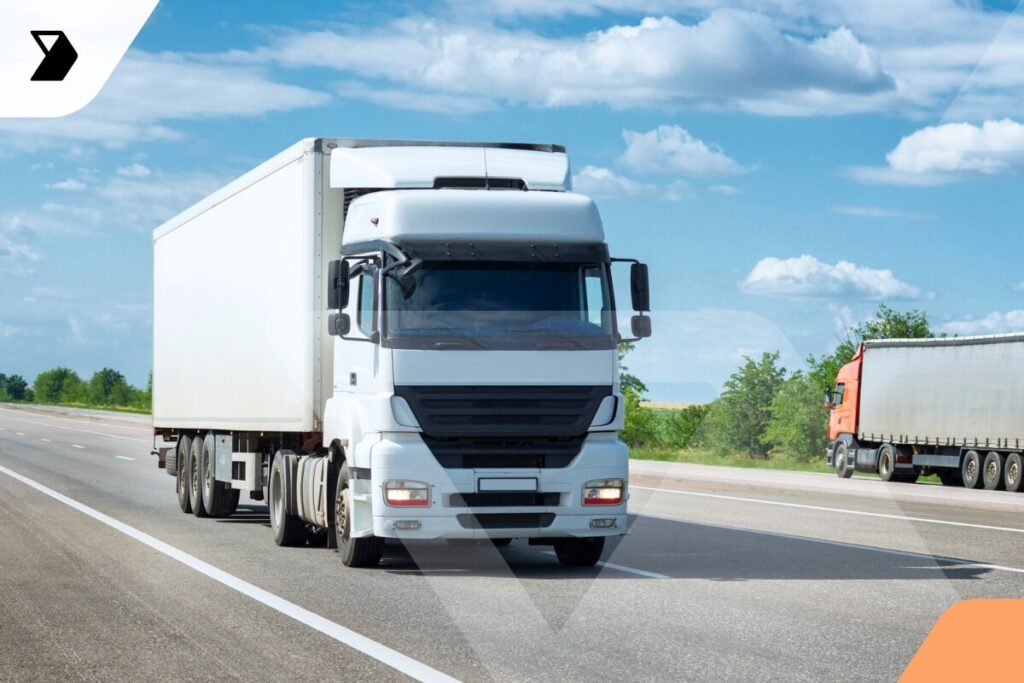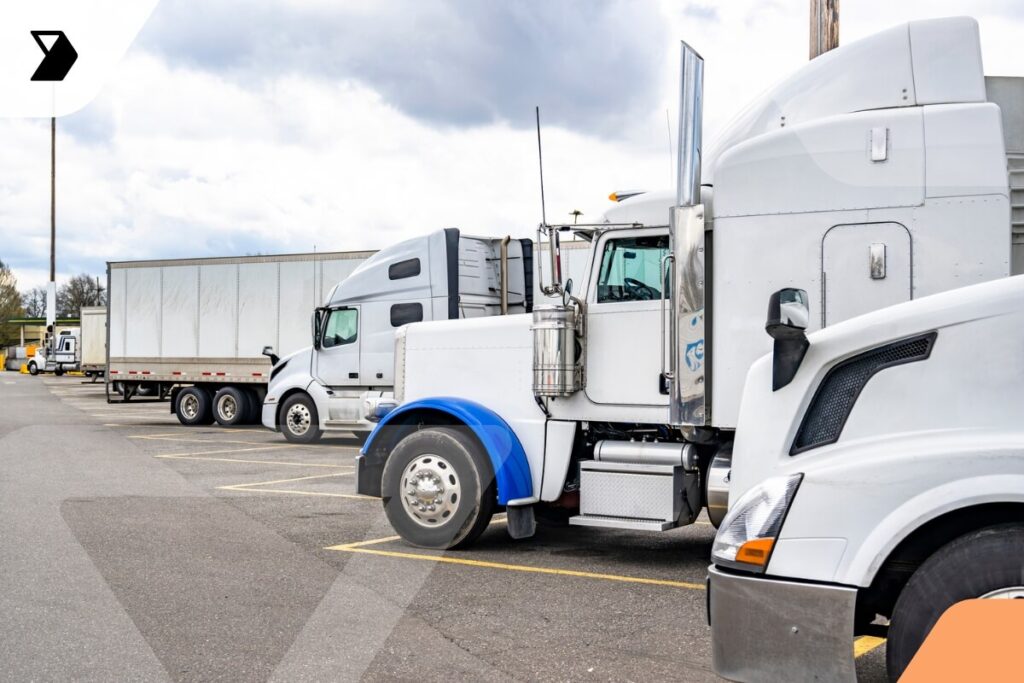An Overview of SAP Transportation Management System
When you're first starting out in business, you start hearing a lot of acronyms. One of the first you'll probably hear is SAP.
Ready to transform your supply chain?
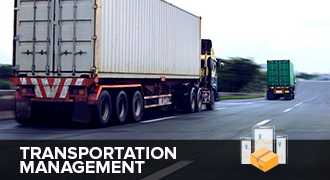
SAP, or system analysis and program development seems like it’s been around forever. Indeed, SAP stretches back to 1972. Like fashion, SAP has evolved a lot since those early years.
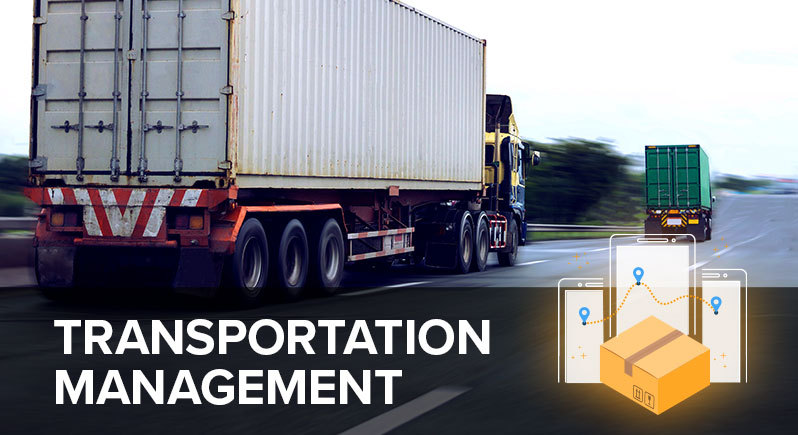
SAP now offers solutions for seemingly every niche and market. As such, there’s a lot of SAP-themed information to get familiar with. Today we’ll focus on one SAP niche. Consider this article an overview of SAP’s transportation management system (TMS) software.
We’ll define the SAP transportation management system. We’ll note SAP’s key features and benefits. And we’ll conclude with some considerations about where the rubber meets the road with SAP. Let’s dive in!
A Holistic Approach
Those of us in the logistics industry could probably agree with this statement: “Your TMS is the heart and soul of your operation.” That statement jives with another trendy buzzword: holistic. It seems to me that the word holistic is popping up everywhere, no matter if I’m at the grocery store, watching sports, or shopping for a new TMS.
It’s somewhat fitting that everyone everywhere is taking a holistic approach to things isn’t it? After all, Webster’s dictionary defines holistic as “relating to or concerned with wholes or with complete systems rather than with the analysis of, treatment of, or dissection into parts.” In other words, as Webster’s also says, “the whole is greater than the sum of its parts.”
Used in a sentence, it would look something like this: The ideal diet, athletic training program, or tech stack takes an integrated and holistic approach.
In reality, the holistic approach is something which supply chain people understand. We get it. But I also find that discussing the holistic approach is a good way to think about what SAP does. In fact, on their webpage dedicated to transportation management systems, SAP states their intention is to “simplify and accelerate your digital transformation…with holistic, end-to-end services that reflect over 40 years of knowledge, experience, and innovation.”
From the White Board to Reality
Indeed, one of the concepts surrounding modern business and technology is the idea of a holistic approach. According to an article on streetdirectory.com, “To be a business that uses holistic techniques, it means that the entire organization is considered in its processes and policies, as opposed to focusing only on its specific components.” But sometimes it seems that the holistic approach is just an idea or concept.
So how do we move from concept to reality? In other words, how does a business actually begin implementing a holistic approach? Well SAP would certainly suggest that a business starts becoming holistic by looking at its software. Businesses actually see the benefit of the end-to-end integration of SAP’s technology when they connect key organizational processes, data points, personnel, and their devices. Thus the idea of software integration and a holistic approach to business go hand in hand.
SAP Is Built on the Vision of Visibility
Another term that helps us understand SAP is visibility.
According to their website, SAP was started over 40 years ago, in 1972, by five former IBM employees in Germany. SAP had a simple mission back then: “build on the dream of ‘real-time’ computing. [And provide] software that processes data when customers need it.” From those heady, pre-internet days SAP began to grow into a globally recognized leader in enterprise resource planning (ERP) software.
Nowadays, SAP is recognized as a market leader in what it calls, “end-to-end enterprise application software, database, analytics, intelligent technologies, and experience management.” In other words, it streamlines your data, for improved visibility and ease of consumption. SAP breaks its offerings down into six large categories.
SAP Product Groups:
- ERP and Finance.
- Supply Chain Management.
- CRM and Customer Management.
- Network and Spend Management.
- HR and People Management.
- Business Technology Platforms.
As noted above, SAP software serves a multitude of niches and markets. SAP can run on the physical premises at a business, but more and more, businesses are opting for SAP’s cloud-based offering. In total SAP touts approximately 400,000 customers and 200 million world-wide users.
Working With SAP
Take a quick scan of this list from their website. It gives you the full flavor of the industries covered by SAP’s software, and it’s comprehensive. Seemingly every industry is covered. Indeed, if you see your industry on that list, SAP probably considers you a potential customer!
Here’s a list reported by the third party support site SAPbrainsonline.com of SAP’s name brand customers. To illustrate my point, the companies listed below might overlap in few other obvious ways — but they all work with SAP.
- 3M.
- BMW.
- DHL.
- eBay.
Perhaps you’re wondering, how does SAP themselves manage the complexity and nuance of working with so many industries and companies? My guess — they manage their business by running SAP, of course!
SAP for Supply Chain and Logistics Management
In essence, SAP has clearly crafted specialized software products that serve specific niches. This results in an impressive list of markets, industries, and customers. In general terms, SAP aims for heightened efficiency and less redundancy. At a high level, SAP helps manage transportation requirements.
SAP accomplishes its goals through automation and collaboration tools. In addition, SAP software programs do a lot of heavy lifting; for example, they make order entries and call logs, and handle invoice settlements. Everything basically drives towards getting things streamlined.
It’s worth noting that the SAP transportation management system has five subcategories:
- Supply chain planning.
- Supply chain logistics.
- Manufacturing.
- Product lifecycle management.
- Enterprise asset management.
If your business involves a supply chain, you’ll recognize that all these categories overlap. SAP’s TMS software has the ability to interface across all of these categories. In other words, a holistic approach!
The SAP Transportation Management System
For our purposes, SAP’s vision of visibility comes into focus with their TMS integrations. But SAP states that their goal with transportation management systems is to “reduce transportation complexity by integrating fleet and logistics management throughout your network.”
If we cut to the heart of the matter, SAP says they aim to “maximize the return on your transportation spend.” So what tools does SAP software actually offer to help your transportation management?
SAP TMS Features and Benefits
- Forecasting/demand planning: Helps plan ahead with tools that accurately gauge demand and shipment volumes.
- Freight management: Offers enhanced management of freight, fleet, and logistics through increased visibility.
- Interactive freight tendering: Has real-time assistance procuring shipments throughout the global and domestic network of logistics.
- Analytics: Reporting modules support real-time, data-driven decision making.
- Supply Chain Resilience: SAP Logistics Business Network helps with freight collaboration and adaptation to difficult or dynamic market conditions.
- Invoicing: Improves cash flow with easier invoicing.
- Standardization: Standard processes help organizations streamline.
- SAP Training: SAP knows their system requires training. Thus they offer many options to help turn users into experts.
It’s worth adding that SAP also branches into warehouse management, and yard management. Perhaps you’re saying, “Great, but where does the rubber meet the road?”
How SAP Transportation Management System Achieves Holistic Execution
At this point, you may be saying it’s too good to be true. In essence, companies that try to be good at too much can sometimes hit stumbling blocks. But SAP has mastered the art of partnerships and integrations.
As previously discussed, SAP’s cloud-based platforms simplify integration by connecting people, processes, data, and devices. One such integration is with Vector, a digitization software platform. Vector’s imaging software is considered best in class. In addition, Vector’s driver workflow software features several integrations that support and collaborate with SAP:
Vector Software for Superior Data Collection
- Driver check-ins and check lists.
- Electronic bills-of-lading (BOLs) and proofs-of-delivery (PODs).
- Best in class document scanning.
- Cloud-based support for their mobile app.
- Automated invoice processing.
- Integration with several TMS providers, and SAP of course!
The key take away is this: Supply chain visibility is only as good as your data. You SAP system is only as good as your data.
Data collection software has become the tip of the spear for every organization. Without good data points, you’re basically blind. So if you want to get the most out of your SAP system, you may want to check out what Vector has to offer.
To Summarize, Investing in a Data-Driven Future
In conclusion, the dream has always been that technology will make life easier and more productive. If we look at the vast ocean of technology and software providers, SAP is one company that actually helps make that dream a reality.
But the world remains a competitive place. And perhaps SAP isn’t enough anymore. Life itself is about searching for ways to continually improve.
I believe a holistic approach is essentially driven by organizational visibility. As such, visibility is driven by the quality of your data.
It doesn’t matter whether we’re talking about a diet, an athletic training program, or your tech stack. The better your information, the better your results.
Therefore we can conclude that data-driven decisions are better decisions. Savvy decision-makers should consider supplementing SAP with a superior data collection tool like Vector.
This post was written by Brian Deines. Brian believes that every day is a referendum on a brand’s relevance, and he’s excited to bring that kind of thinking to the world of modern manufacturing and logistics. He deploys a full-stack of business development, sales, and marketing tools built through years of work in the logistics, packaging, and tier-1 part supply industries serving a customer base comprised of Fortune 1000 OEMs.
Continue reading
Ready to transform your supply chain?
Increase efficiency and productivity. Say goodbye to delays, handwriting errors, and time-intensive manual data entry.

